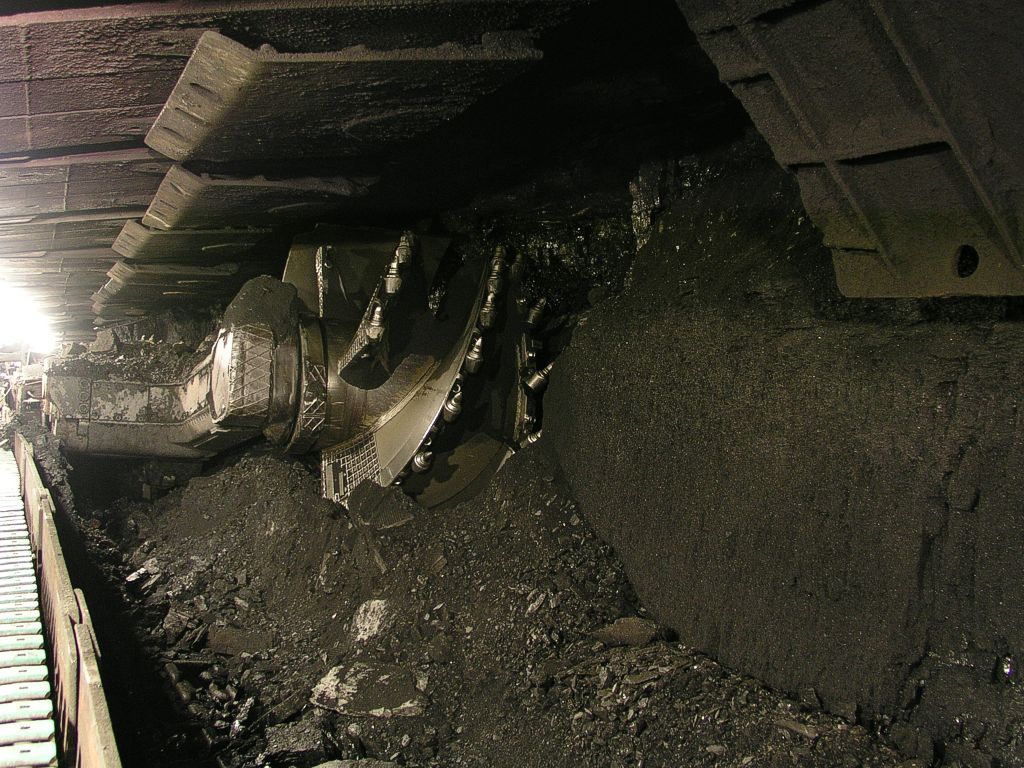Solar and wind generated more electricity than coal across Europe last year, according to The European Power Sector in 2019 report published by London-based non-profit group Sandbag and German thinktank Agora Energiewende.
Coal-fired generation plunged 24% across the EU in 2019, driving a 12% reduction in the power sector’s CO2 emissions – the biggest decline seen since 1990.
Dave Jones, an electricity analyst for Sandbag, highlighted the “urgent” push across Europe away from coal. Given thermal power still accounts for 30% of global fossil fuel emissions, said Jones, Europe is a “test bed” for the replacement of coal with solar and wind power capacity.
“Europe is leading the world on rapidly replacing coal generation with wind and solar,” said Jones. “As a result, power sector CO2 emissions have never fallen so quickly.”
Solar capacity doubled
The EU member states that added the most new solar and wind generation capacity also recorded the biggest declines in coal use. Solar arrays and wind farms accounted for 18% of electricity generation across the European Union in 2019, at 569 TWh, while coal-fired capacity fell to just 15%, for 469 TWh, the thinktanks said, noting coal generated twice as much electricity as solar and wind on the continent as recently as five years ago.
Around 16.7 GW of solar was installed across the bloc last year, up sharply from the 8.2 GW deployed in 2018 according to statistics from industry body SolarPower Europe. Wind capacity is expected to have expanded around 14 GW, Sandbag and Agora Energiewende said.
Around half of the European Union’s lost coal capacity has been replaced by solar and wind facilities with gas accounting for the rest, partly because low prices have made gas more competitive than coal. The authors of the report noted Eastern European nations have reduced their reliance on coal at a slower rate than their Western European neighbors.
Coal-free
With Greece last year pledging to eliminate coal by 2028 and Hungary setting a 2030 deadline, 20 of the EU’s 27 member states are on course to be coal-free by the end of the decade.
Sandbag and Agora Energiewende said the economics of energy production increasingly favor renewables over fossil fuels and pointed to record-low auction prices for solar electricity in Portugal as an example. Between 2010 and last year, coal’s share of the continent’s electricity mix fell around 10 percentage points while solar and wind together rose by 13.
Varying capital costs appear to favor wind over solar in Europe, according to a recently published study by Germany’s DLR Institute of Networked Energy Systems. That said, a report published this week by research institute the Fraunhofer ISE predicted lignite open-cast ponds at shuttered coal mines in Germany could host up to 56 GW of floating PV capacity.
This content is protected by copyright and may not be reused. If you want to cooperate with us and would like to reuse some of our content, please contact: editors@pv-magazine.com.



6 comments
By submitting this form you agree to pv magazine using your data for the purposes of publishing your comment.
Your personal data will only be disclosed or otherwise transmitted to third parties for the purposes of spam filtering or if this is necessary for technical maintenance of the website. Any other transfer to third parties will not take place unless this is justified on the basis of applicable data protection regulations or if pv magazine is legally obliged to do so.
You may revoke this consent at any time with effect for the future, in which case your personal data will be deleted immediately. Otherwise, your data will be deleted if pv magazine has processed your request or the purpose of data storage is fulfilled.
Further information on data privacy can be found in our Data Protection Policy.